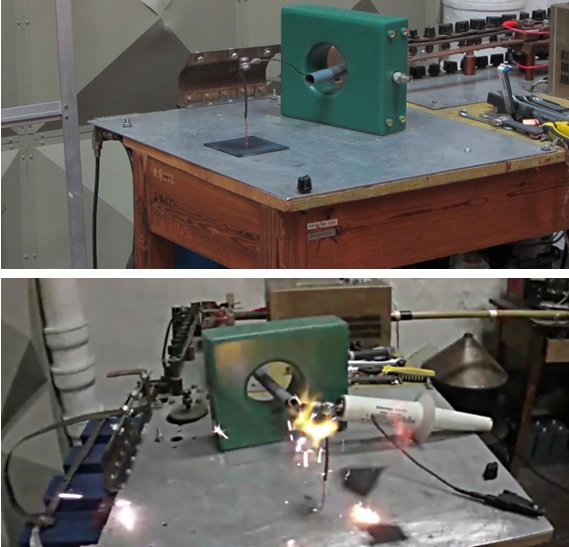 Back to projects
Back to projects

How to protect an aircraft from the lightning strike consequences? New constructional material for aviation
- Dates: 2015-2016
- Place: Silesian University of Technology
- PI: Andrzej Katunin
- Team: Katarzyna Krukiewicz, Giuseppe Catalanotti, Alexander Herega
- Cooperating staff: Roman Turczyn, Przemysław Sul, Andrzej Łasica, Krzysztof Dragan, Marcin Bilewicz
- Funding source: Foundation for Polish Science
In order to reduce the effects of a lightning strike, currently special grids or layers made of light aluminum alloys, metallized reinforcing fibers or embedded copper fibers, characterized by very good electrical conductivity, are used, which absorb the electric charge and discharge it in the tail part of the aircraft. Critical elements of the aircraft are subject to special protection: fuel tanks, the nose of the aircraft (which contains navigation equipment), turbines and others. At the design stage, elements such as fuel tanks are located outside zones particularly exposed to lightning strikes. However, the fuselage of the aircraft is also protected due to the wiring underneath, which can capture some of the load during a lightning strike. The developed solution is a combination of conductive and dielectric polymers, thanks to which a multifunctional material was obtained while maintaining its low weight while limiting the effects of lightning strikes, which was experimentally confirmed in laboratory experiments.
Representative publications:
